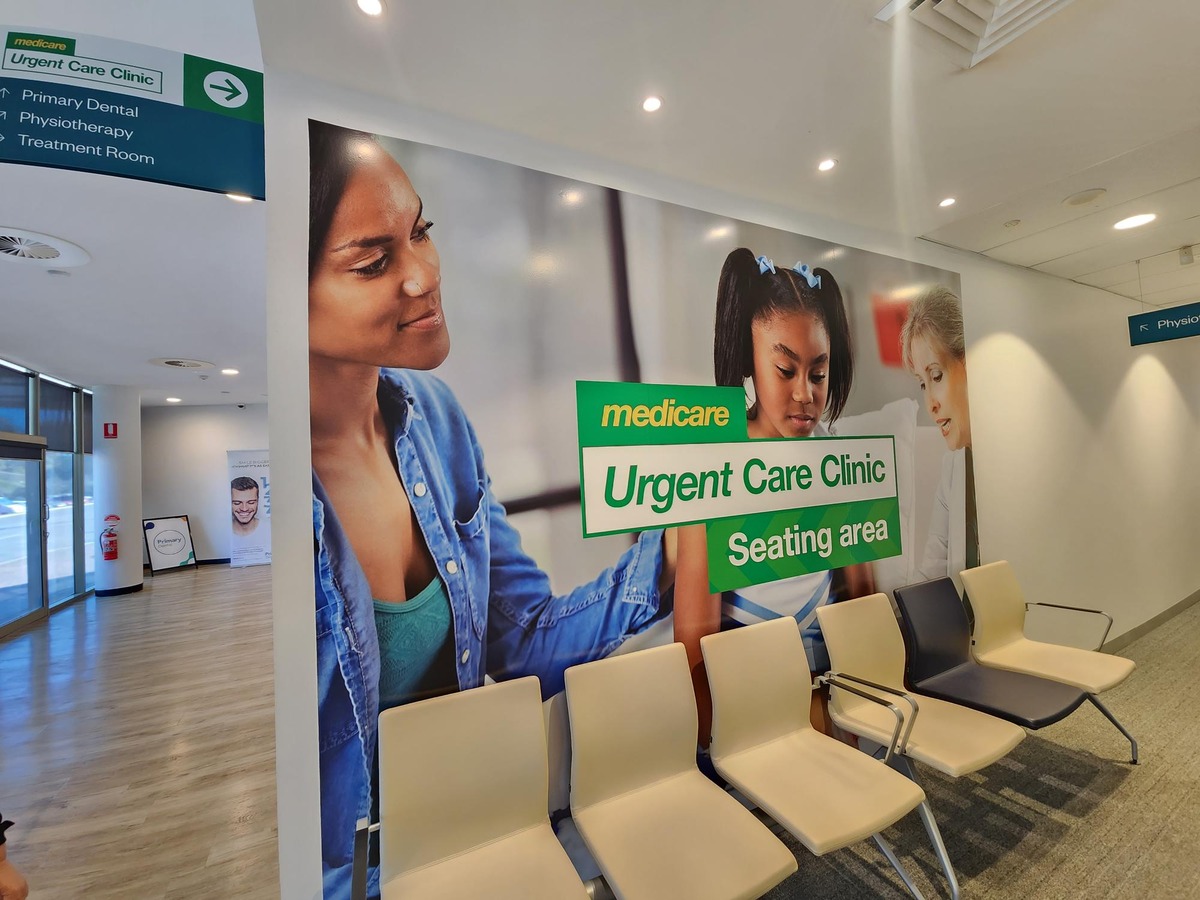When Chloe rolled her ankle over the weekend, she faced a familiar Australian healthcare dilemma: her regular GP was booked solid for three weeks, leaving her with what seemed like only one option – the emergency department. Instead, she discovered the local Medicare urgent care clinic in Maroubra, eastern Sydney, where she could walk in and receive immediate care, including X-ray services. This scenario illustrates both the promise and the controversy surrounding Australia’s newest healthcare initiative, which has become a central battleground in the 2025 federal election campaign.
Since 2023, the Albanese government has established 87 urgent care clinics across Australia, investing $759.9 million in what Health Minister Mark Butler calls a “gamechanger” for 1.3 million patients. The government has committed to expanding this network with an additional 50 clinics if re-elected, requiring a further $644 million investment that would bring 80% of Australians within a 20-minute drive of urgent care.
The Clinical Reality
These walk-in facilities operate like mini emergency departments, staffed by registered nurses working alongside GPs and nurse practitioners, all required to have specialized urgent care and emergency medicine training. Open seven days a week from 7 am to 9 pm, they target patients who need immediate attention for non-life-threatening conditions – fractures, eye injuries, urinary tract infections, or high fevers in children.
The clinics are designed to capture patients who would otherwise present to emergency departments as lower-priority cases. Government data shows 46% of urgent care patients surveyed said they would have otherwise gone to an emergency department, rising to 49% for after-hours presentations. This translates to an estimated 334,000 avoided emergency department visits annually when clinics operate at full capacity.
The Cost Controversy

However, the program faces significant criticism over its cost-effectiveness. The interim evaluation report released in March 2025 revealed that each urgent care clinic presentation costs $246.50 – more than five times the $42 cost of a standard GP consultation. The Royal Australian College of General Practitioners (RACGP) has been particularly vocal in its criticism, with President Dr Michael Wright arguing that urgent care represents “an expensive model of care, which could be better and more efficiently delivered through existing general practices.”
The cost comparison becomes more complex when considering emergency department alternatives. While urgent care visits cost $246.50, the average emergency department presentation costs $616, creating a net saving of approximately $368 per diverted patient. ForHealth CEO Andrew Cohen argues that per-presentation costs will decrease as clinics scale up and patient volumes increase.
Professional Divide
The medical profession remains split on the urgent care model. A recent poll of 1,536 GPs found that 79% believe the expansion will strain the already limited GP workforce, with only 12% disagreeing. Critics worry about fragmented care as patients move between different health services, potentially losing continuity with their regular GP.
Dr Charlotte Hespe from the University of Notre Dame argues that urgent care clinics address symptoms rather than causes: “I see it as outrageous that [the government] think it’s OK to fund an urgent care centre which removes people out of continuity of care, general practice, prevention.” She contends that the real problem is people unable to afford out-of-pocket GP costs, forcing them to seek care in emergency departments.
International Perspective and Future Outlook
Supporters point to successful urgent care models operating in the United States, the United Kingdom, New Zealand, France, and Denmark. Dr John Adie from the University of the Sunshine Coast, drawing on New Zealand’s experience since the 1980s, suggests the model contributes to that country having one of the world’s lowest emergency department admission rates.
The political stakes are high, with both major parties committed to maintaining existing clinics. The Coalition has promised to continue all current urgent care clinics while taking a “considered, case-by-case approach” to new locations, though specific numbers remain unannounced.
As Australia approaches the election, the urgent care clinic debate encapsulates broader questions about healthcare funding priorities, workforce allocation, and the balance between immediate access and continuity of care. Whether these clinics represent a genuine solution to healthcare system pressures or merely an expensive band-aid solution remains hotly contested, with definitive long-term evidence still pending.

